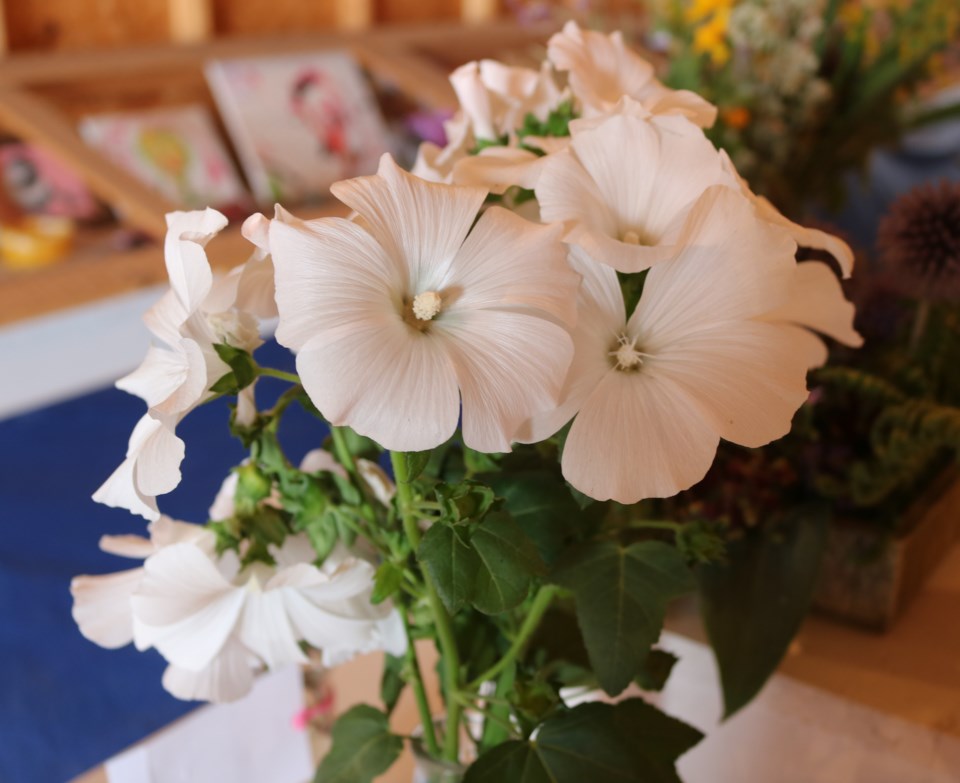YORKTON - If you’re starting to plan out this year’s garden, you won’t want to miss this!
The Yorkton and District Horticultural Society invites you to their next regular meeting on Wednesday, April 19, at 7:00 PM at the Yorkton Public Library. Our special guest will be our great gardening friend Frank Woloschuk, speaking to us about exciting perennials for early, mid and later blooming. Isn’t it nice to think about our plants in the garden? Everyone is welcome, please join us; you don’t have to be a member to attend the sessions. I know that Frank will have great information to share with us!
A common question is, what is the difference between an annual and a perennial?
The easy answer is that perennials grow for years, season after season. Some can have very long lives, barring something drastic happening to them! We have hostas in our yard that are decades old, and still growing strong. We have some irises that Mom gave us many years ago, and they were “mature” when she gave them to us, meaning that she already had them in her garden for years. And some of our lily of the valley plants were given to Mom by a friend, and they, too were gentle old plants when Mom received them. So perennials can be in our gardens for a very long time. But they do not live forever.
Annuals, on the other hand, finish their entire growing life in one season, and perish when frost comes to our gardens in the fall.
Other things to consider: annuals may bloom all growing season; perennials usually have a shorter blooming season.
But here’s a twist: some annuals stay with us into the following year. Why? Because these lovely plants are very good at self-seeding, which means that before the plants die out completely, they will drop their own seeds and could grow again in the next gardening season. Technically, they are annuals, but they can come back for a return visit by seeding themselves. The difference between them and a perennial is they seed themselves, and do not come back from a root, as a perennial would. Make a note that for this self-seeding to happen, we can’t dead-head every spent blossom, because the flowers must mature and ripen on the plant. When you see that the seeds have turned brown and dry, they are ready to either fall to the ground and “self-seed”, or you can collect them at that point and save them to plant next year.
(Another note: not every self-seeded annual that comes up will look like the parent plant, the color may be different. And letting the self-seeds stay in the garden means that it might look a bit on the wild side, certainly not everyone’s choice. But the bees enjoy them! Some our favorite self-seeders are calendula, poppies, and cosmos.)
We had happy surprises in our garden even with tomatoes, which did not “self-seed” in the traditional sense but visited us again by their fallen fruit. We’ve all had the situation where a tomato ripens or over-ripens and falls to the ground, where it rots and fall apart. Last year, we had several clusters of tomato seedlings that sprouted, unplanted by us, and went on to be quite robust little plants!
Most gardeners like a mix of annuals and perennials for variety of blooms and colors. We can use this time to make this year’s choices!
Thank you to our friends at YTW for their great work every week. Visit the hort society at our website: www.yorktonhort.ca and find out what’s coming up with the group! Have a nice week!





